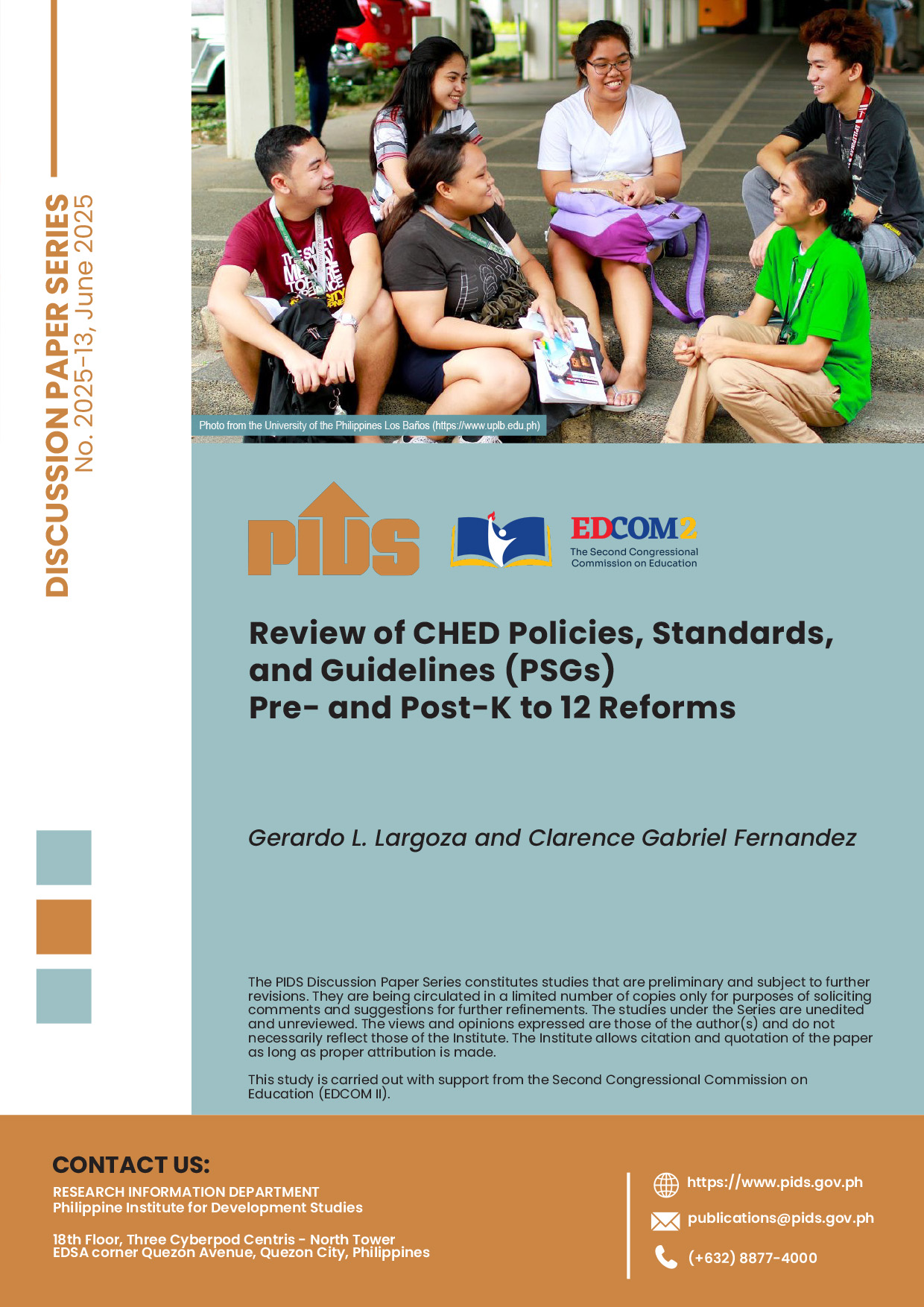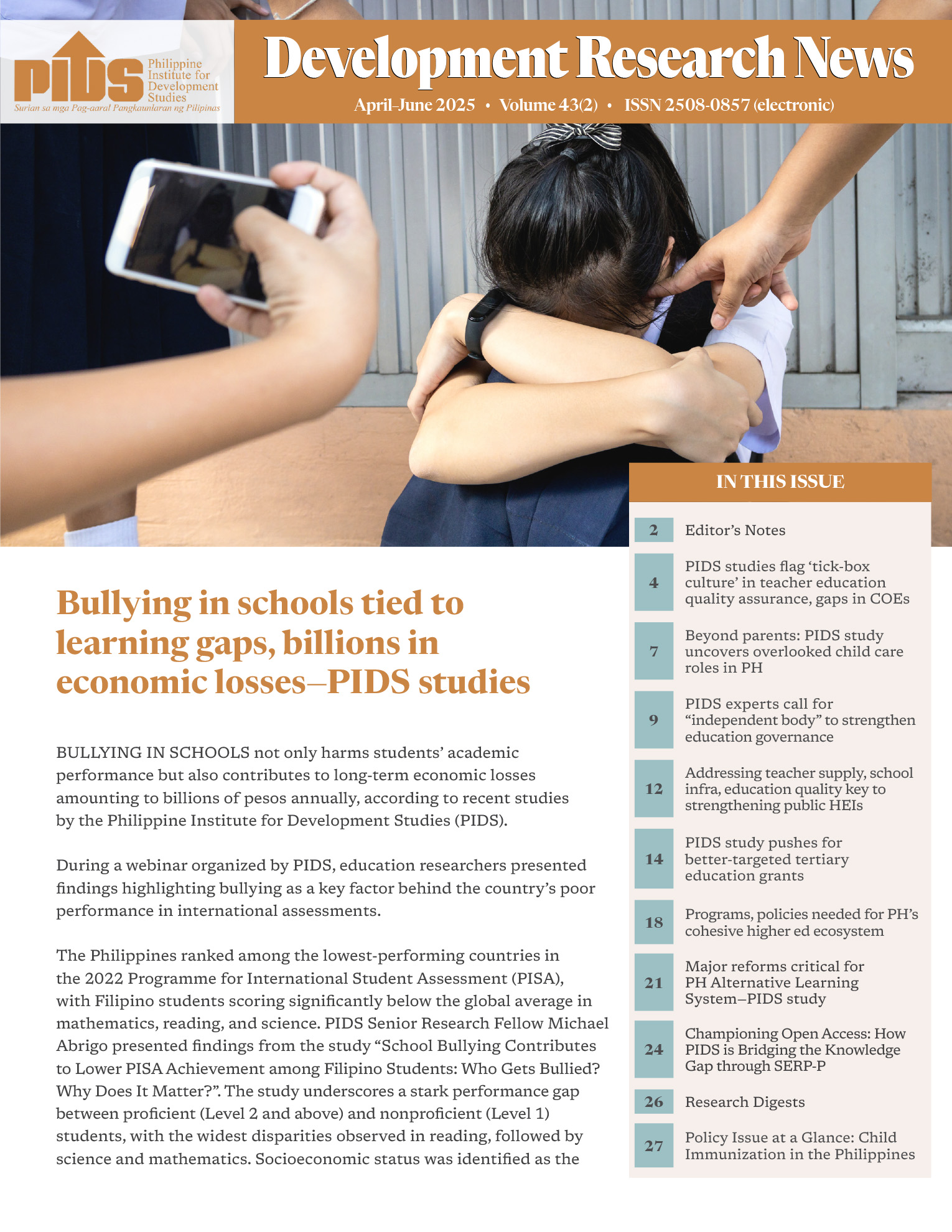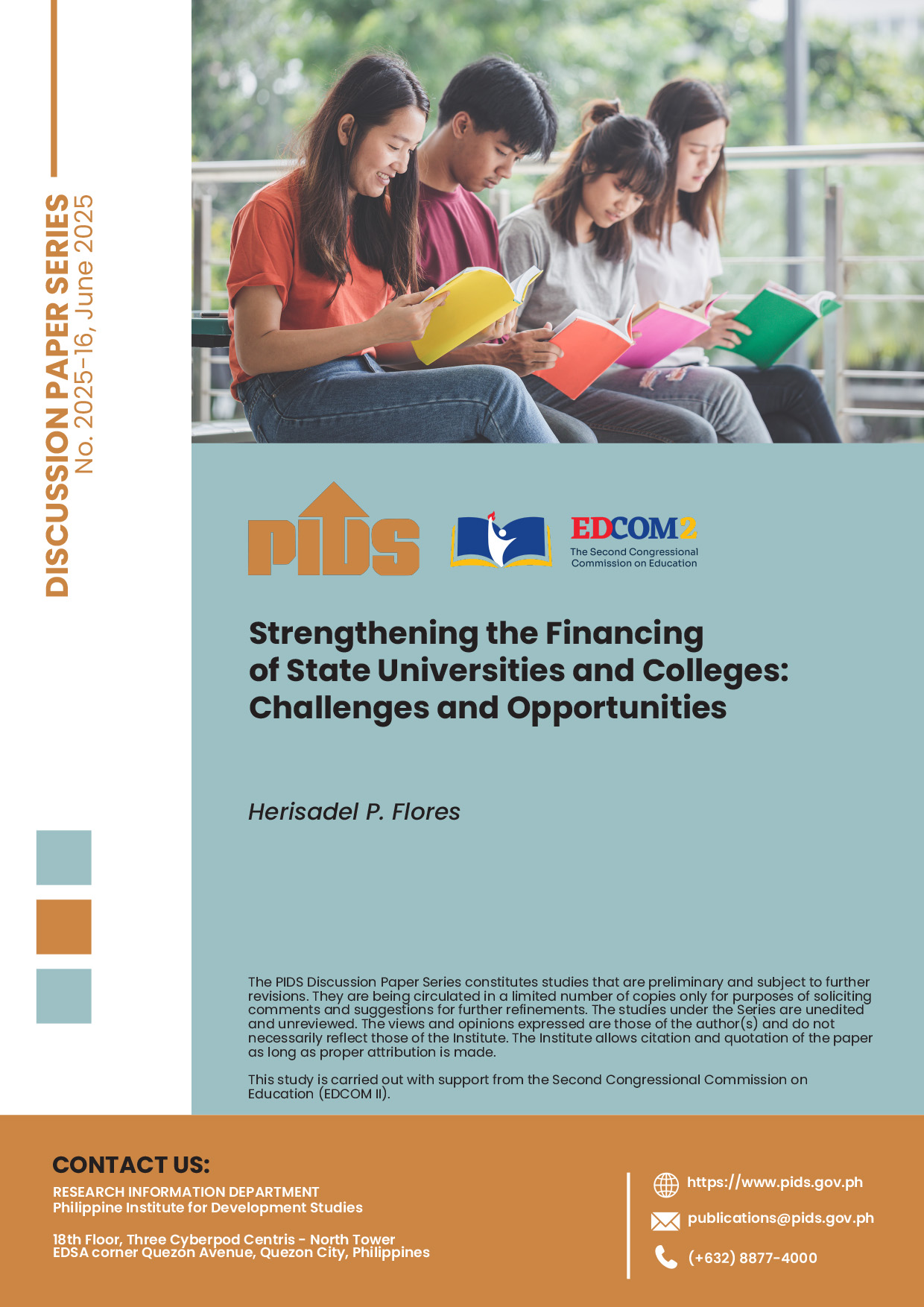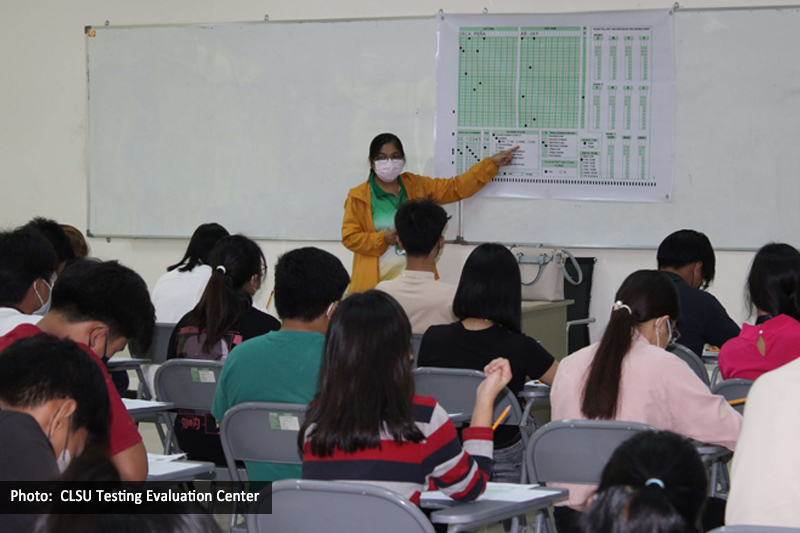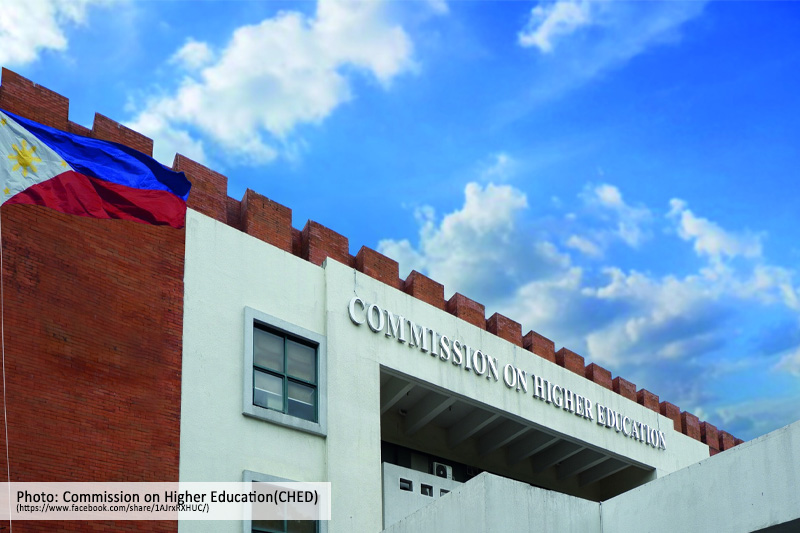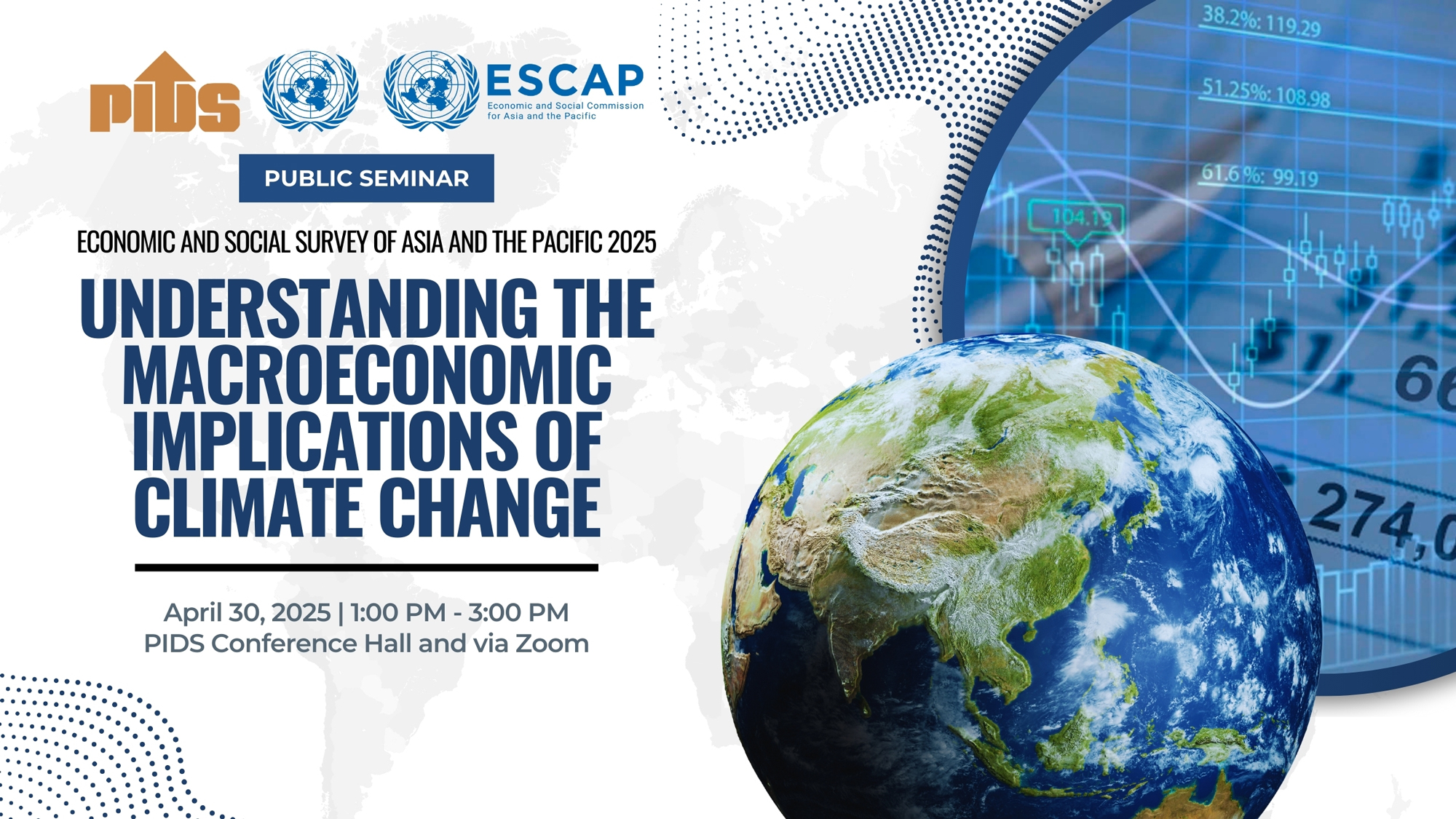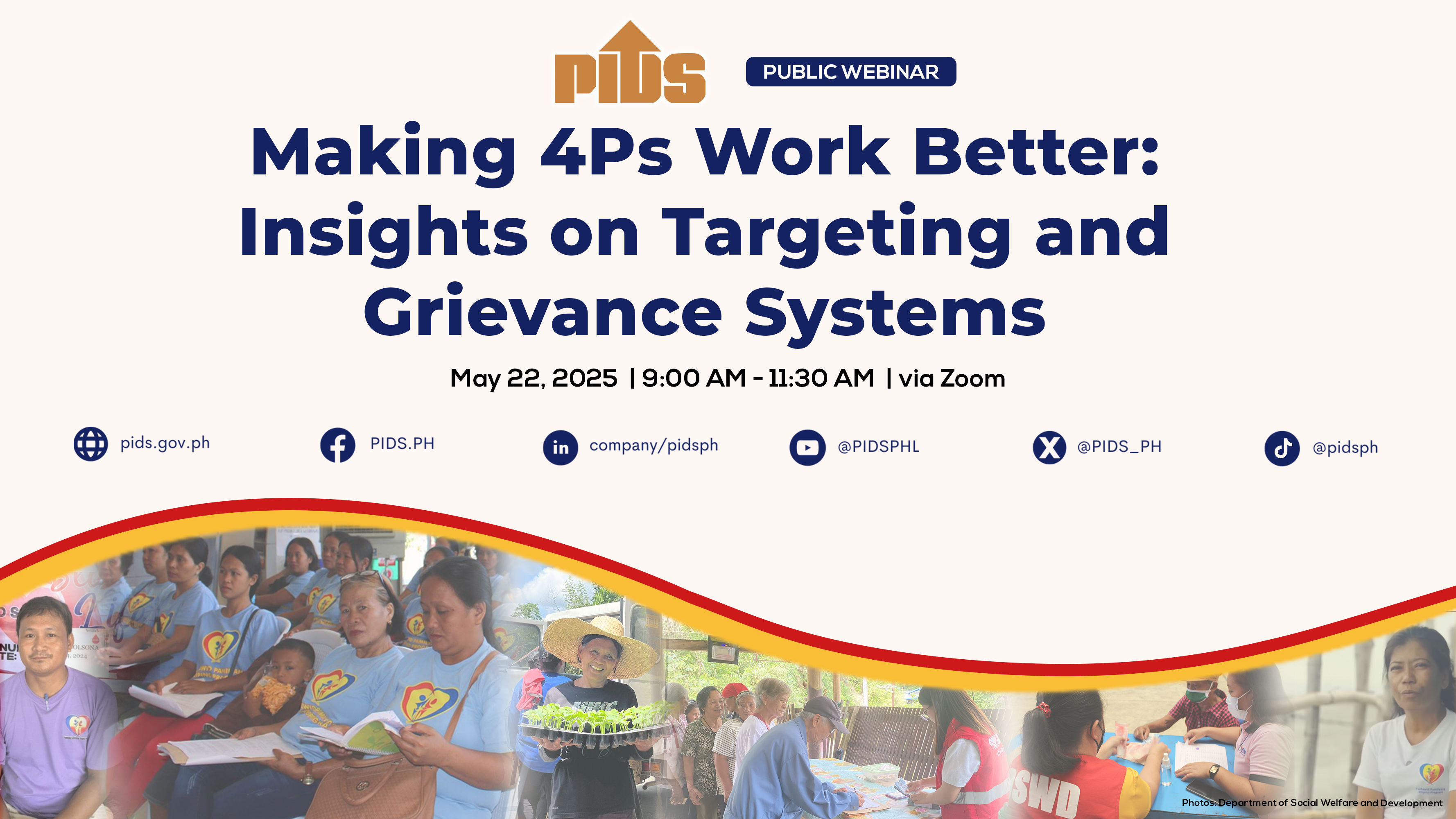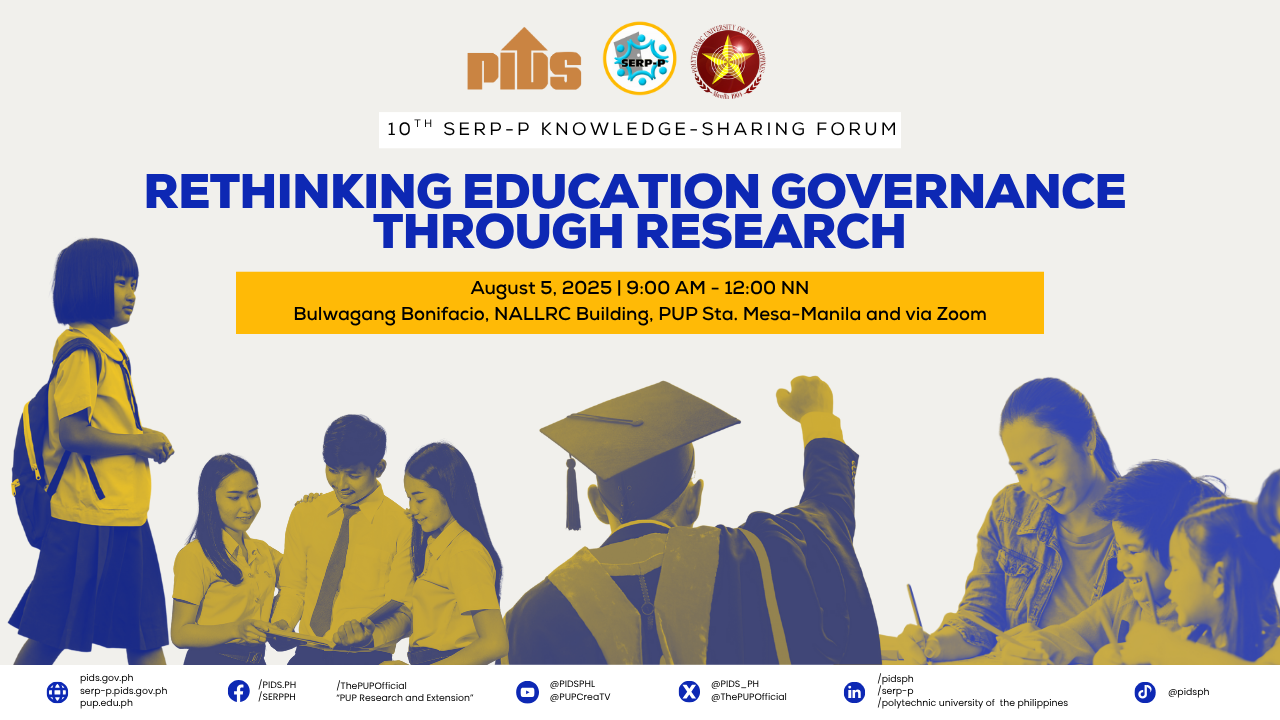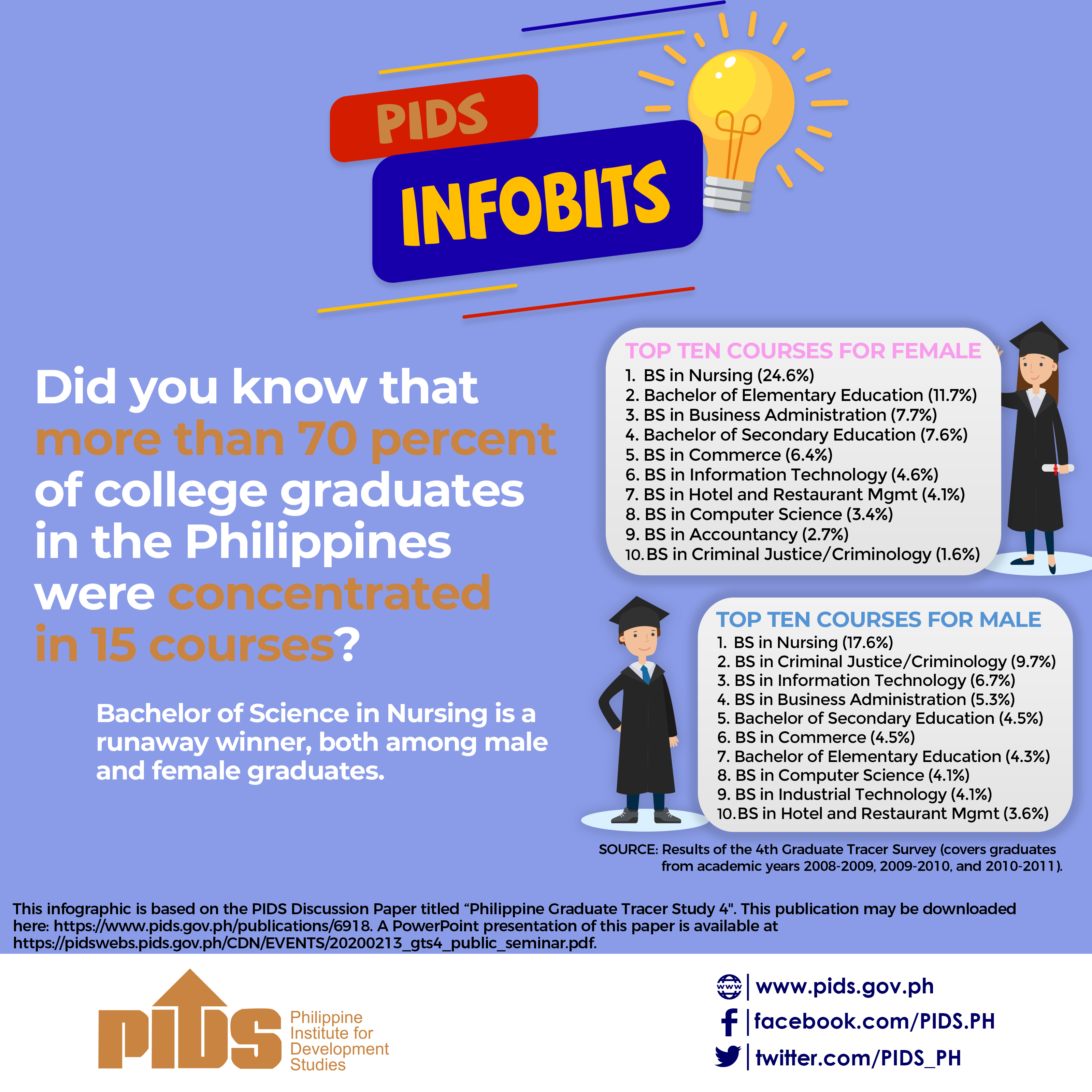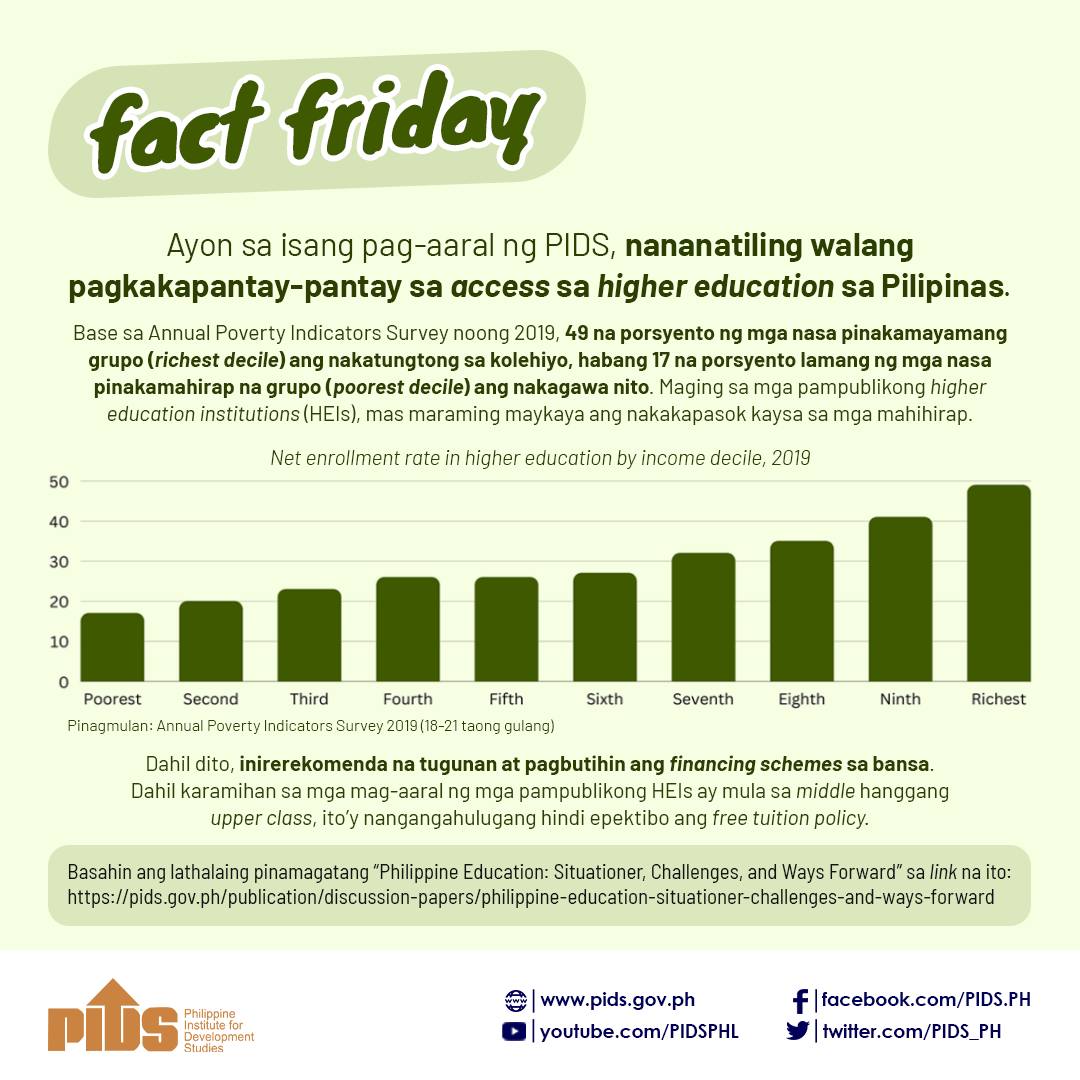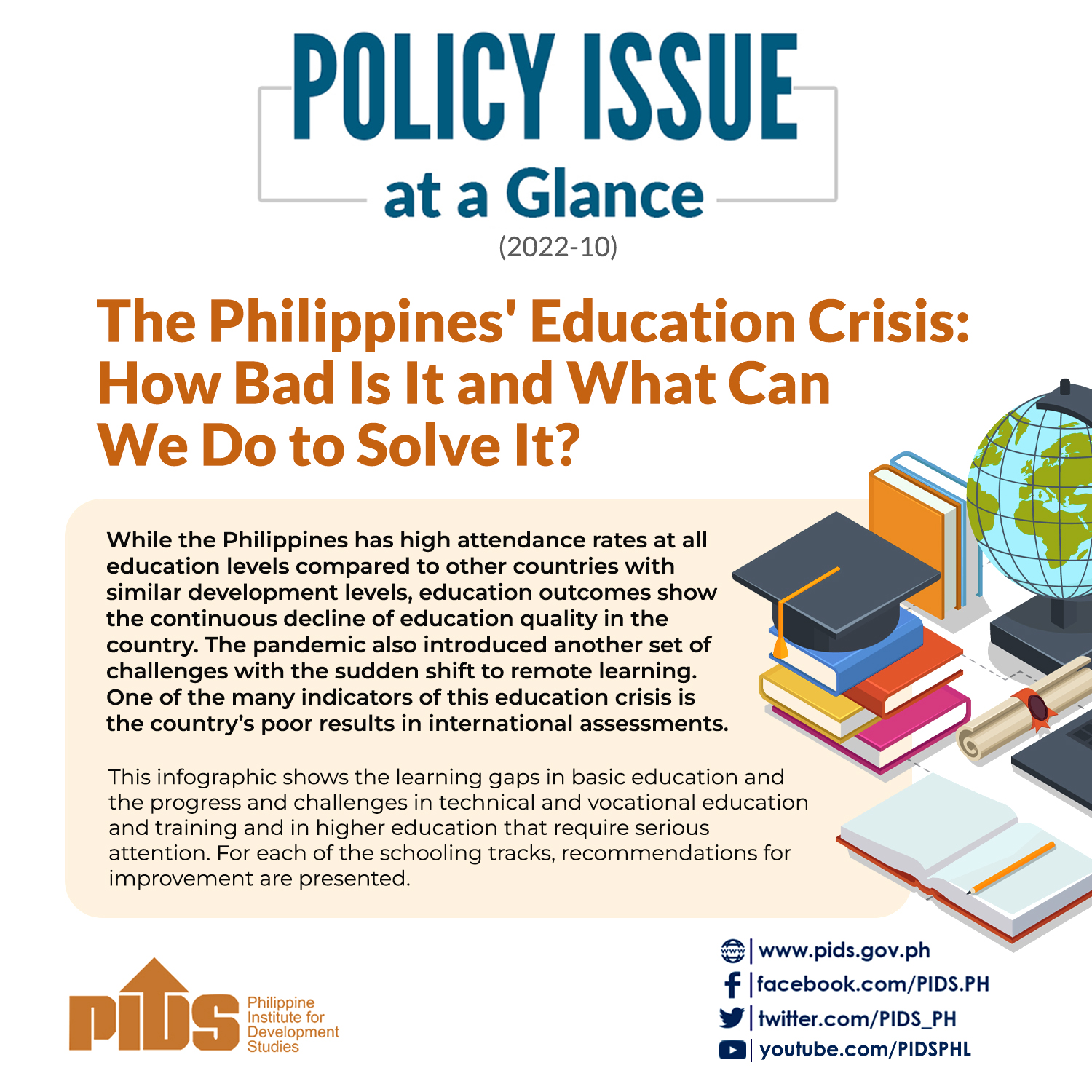This study examines how financial aid shapes post-secondary enrollment and persistence among senior high school graduates, challenging assumptions in traditional human capital theory. While the theory posits that reducing financial barriers increases participation, findings suggest a more complex process. Drawing on survey data from the Batch 2024 graduates in Cagayan Valley, the study traces student trajectories across three points: college application (Wave 1), first-semester enrollment (Wave 2), and second-semester persistence (Wave 3). Guided by St. John’s (1992) framework, the analysis employs logistic regression to assess the relative influence of financial aid and non-financial factors on student decision-making.
Financial aid is more effective in sustaining students already in college rather than initially attracting them. However, the positive impact of financial aid tends to wane over time. While aid may help students persist within an academic year, it is less effective at promoting re-enrollment in the following academic year.
This suggests that educational investment is not a one-time choice made at enrollment but a continuous, iterative process. Persistence is shaped by an ongoing process of reassessment, influenced not only by costs but also by academic progress, psychosocial resilience, and institutional support. Non-financial factors—such as academic preparation, mental health, and social support—emerge as key determinants of persistence. Socio-demographic characteristics, including age, gender, and school background, also affect student outcomes. Decisions about educational investment are not solely economic but are shaped by structural, institutional, and psychological conditions.
To sustain educational investments, aid must be part of a broader support ecosystem—including advising, mentorship, and mental health services—that reinforces student motivation and resilience. The findings offer qualified support for Human Capital Theory, pointing to a need for a more holistic financial aid model that integrates both financial and non-financial support systems. The strongest extension of the theory arises from the role of psychological traits, particularly grit, a psychological measure of an individual’s perseverance and passion for long-term goals (Duckworth et al. 2007), and a strong predictor of the intent to re-enroll. Traditional indicators are insufficient proxies for student risk.
Policies should shift toward the persistence and re-enrollment stages, where aid is most effective, and expand eligibility to include students with academic and psychosocial vulnerabilities. An integrated model that addresses both financial and non-financial barriers can more effectively promote student success.
Comments on this paper are welcome within 60 days from the date of posting. Email publications@pids.gov.ph.


